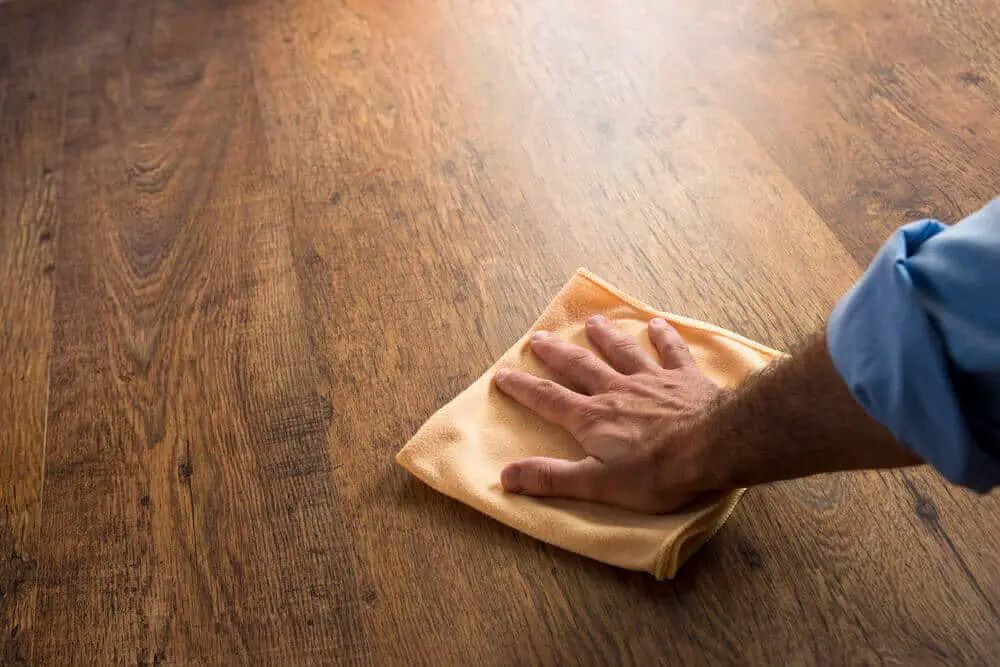
Floor scratches from moving are a common frustration for homeowners. These unsightly marks can significantly detract from the aesthetic appeal of a space, especially after the excitement and stress of a move. This comprehensive guide will provide you with a range of solutions for repairing floor scratches from moving, from simple DIY fixes to professional floor refinishing. We’ll delve into the different types of floor scratches, the best repair methods, and preventative tips to protect your floors for your next move. The structure of the article includes an opening section, followed by detailed sections on different scratch types, repair methods, preventative strategies, a conclusion, and a frequently asked questions section. By the end of this article, you’ll have the knowledge and tools to effectively address these common moving-related damages.
Understanding the Types of Floor Scratches
Different Floor Types and Their Susceptibility
Different flooring materials have varying degrees of resistance to scratches. Hardwood floors, particularly if they’re unfinished or lightly finished, are more susceptible to damage than laminate or tile. Knowing the specific type of floor you have is crucial for selecting the right repair method.
Identifying the Source of the Scratches
Understanding the source of the scratches is also key to effective repair. Were the scratches caused by heavy furniture shifting during the move or were they the result of improper loading of boxes or other heavy items? Identifying the cause can help you prevent similar damage in the future.
Assessing the Severity of the Damage
Assessing the depth and size of the scratches will determine the necessary repair procedure. Minor surface scratches may respond to simple DIY fixes while deeper gouges or extensive damage might require professional intervention.
DIY Floor Scratch Repair Methods
Using Specialized Repair Kits
Several readily available repair kits are specifically designed to fix minor scratches and scuffs in various flooring types. These kits typically include specialized fillers and matching stains, enabling you to blend the repaired area seamlessly with the surrounding floor. Carefully follow the manufacturer’s instructions for best results.
Utilizing Wood Filler and Matching Stain
Wood filler and matching stain can effectively address scratches on hardwood floors. Use a wood filler that closely matches the color of your flooring, and carefully blend the repaired area using a matching stain. Ensure the filler is appropriately cured before applying stain.
Sanding and Refinishing (For Minor Scratches)
For minor surface scratches on hardwood floors, you might be able to sand the area and then apply a coat of refinishing sealant.
Professional Floor Refinishing
When Professional Help is Necessary
For extensive damage or deep gouges in hardwood floors, professional floor refinishing is often the best option. Professionals have specialized equipment and skills to address serious damage and restore the floor to its original condition. Professional floor refinishing also offers the best match for refinishing and color-matching services.
Cost Considerations
Professional refinishing can be more costly than DIY methods, but it ensures a precise and lasting repair. Consider the extent of the damage and weigh the cost of repair against the value of your floors and potential future concerns.
Advantages of Professional Refinishing
Professional refinishing ensures optimal results, especially for significant damage. The professionals use specialized techniques and materials for lasting and aesthetically pleasing repairs.
Preventing Future Floor Damage
Protecting Furniture During Moving
Use protective pads or coverings for furniture during the moving process. Wrap legs with moving blankets and use furniture sliders to minimize abrasion against floors.
Secure Loading and Unloading
Ensure heavy items are securely loaded and unloaded during the move. Using proper moving equipment can also prevent damage. Use strong straps and padding.
Using Protective Floor Coverings
Use drop cloths, moving blankets or similar materials to protect flooring from potential damage during the packing and unpacking process. This applies to hardwood, laminate, or tile.
Advanced Repair Techniques
Employing Epoxy Fillers
Epoxy fillers are a robust option for filling deep scratches, especially on laminate or tile flooring. They provide a strong, durable repair and can be colored to match the existing floor. However, epoxy fillers may not be suitable for all floor types.
Utilizing Floor Patch Kits
Specialty floor patch kits provide a convenient and effective way to repair damage in various flooring types. Carefully follow the manufacturer’s instructions and choose the right kit for your specific needs.
Seeking Expertise for Complex Repair Tasks
For exceptionally complex repair scenarios, consulting with a professional flooring specialist is the best option. They can provide expertise and guidance to effectively address unique floor damage issues.
Q: How do I tell if a floor scratch is superficial or deep?
A: Superficial scratches are usually visible but not overly deep, while deeper scratches might result in more significant gouges in the floor’s surface. Sometimes, the depth of the scratch can only be determined by careful observation and evaluation of the damage. If in doubt, it’s always best to consult with a professional floor repair expert to assess the severity and determine the best course of action.
Frequently Asked Questions
Q: What are the best preventative measures for protecting floors during a move?
A: Protecting your floors during a move involves several strategies. Use furniture pads or moving blankets to shield furniture legs. Ensure heavy items are properly loaded and secured, and consider using drop cloths to protect the flooring during packing and unpacking. These preventative steps significantly reduce the risk of scratches and other damage.
In conclusion, repairing floor scratches from moving is a manageable task. By understanding the different types of scratches, selecting the right repair methods, and taking preventative measures, you can restore your floors to their former glory. For more detailed information on specific repair techniques, or to explore advanced repair options, visit our website at [website address]. We’re here to help you create a worry-free moving experience.